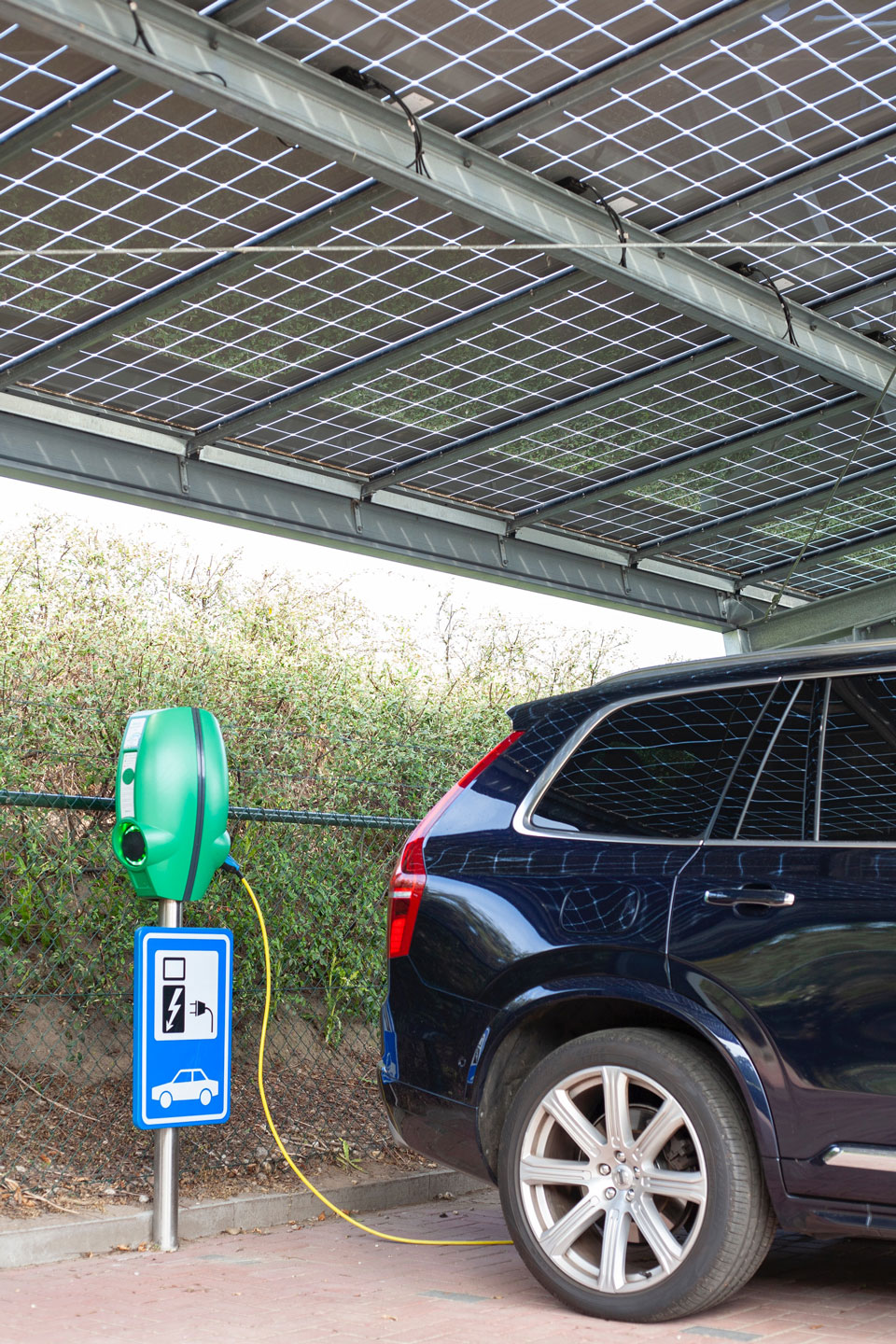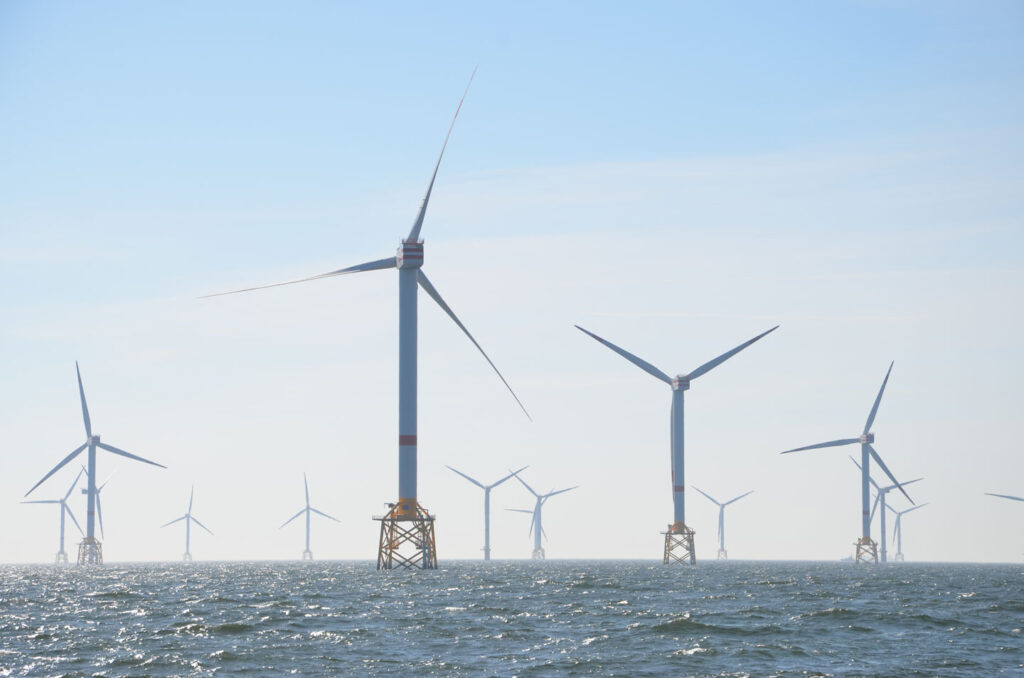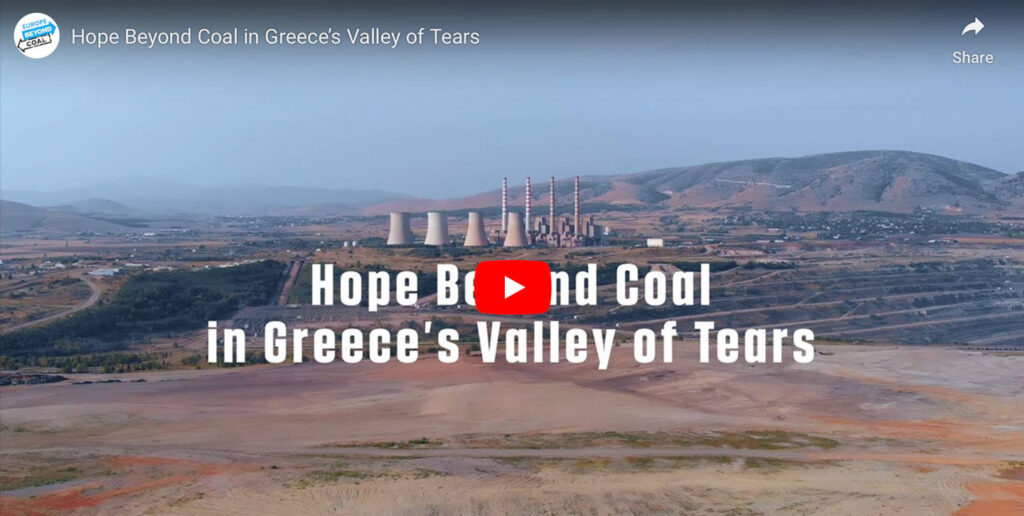The sunny side to parking in France
22 March, 2023

Photograph: Fer Troulik, Unsplash
The challenge to deploy enough solar and wind to achieve a fully renewables-based European power system by 2035 is big. But it pales into insignificance when compared to the amount of potential places to easily install renewable energy systems all around us!
Like the rest of Europe, 2022 was a tough year for people in France as Russia’s invasion of Ukraine triggered record fossil gas prices, sending energy prices skyrocketing. But things were made much harder by the country’s heavy reliance on nuclear power.
Ongoing technical and maintenance problems caused power outages across large swathes of the fleet, leaving France vulnerable to energy shortages. This also exacerbated the energy crisis for France’s neighbours, as the country flipped to become a net power importer in an effort to supplement its flailing nuclear generation.
As winter approached, the French government announced plans to spend 45 billion euros shielding households and businesses from the energy price shock.
Though France continues to press ahead with its eye-wateringly expensive nuclear plans, there are signs that the government is learning from the costly lessons of 2022, and is pushing to create a cheaper, safer, more resilient energy system by deploying renewables at scale.
In November 2022, France’s senate approved a new plan to mandate car park owners to blanket their parking lots with solar. Now law, the initiative means that car parks with 80 or more spaces must be covered with solar panels within the next five years. The biggest parking lots with 400 or more spaces must be halfway to the goal in the next three years.
According to the French government, the new measures could add 11 GW of solar to the country’s energy mix, doubling its existing solar capacity, and seeing car park rooftops providing one fifteenth of the country’s electricity.
Importantly, the approach has already been tried and tested. Some 22,000 m² of solar was installed on a supermarket car park in 2021, covering 1,500 parking spaces and generating around 4.2 MW at its peak. The following year, a further 480 m² of solar was installed in a parking area in the village of Belvès-de-Castillon, meeting the annual power needs of 40 households.
Both schemes have proven to be highly effective, producing cheap, clean renewable energy, and utilising space that was otherwise dormant. With major car parks typically located in densely populated areas, deploying solar on car park rooftops has the added bonus of reducing competition for land.
With the cost of solar continuing to fall, the range of opportunities for businesses and communities to secure their energy supplies and reduce costs by installing renewables is immense. Car park rooftops are the lowest of hanging fruit, but they are just the start.


